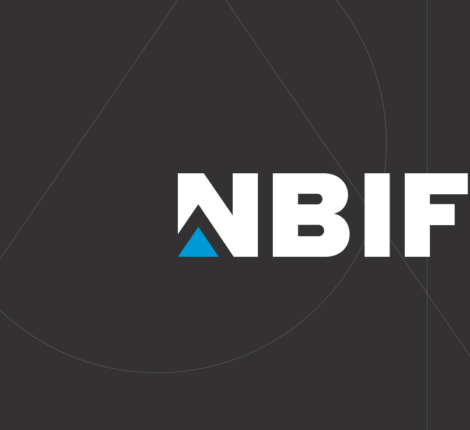- 17 mars, 2012
- Recherche appliquée
- Comments : 0
N.B. firm seeking boost for its biogas project
By Jennifer Campbell For the Telegraph-Journal | link to original article
There was a time when the business line for Grand Falls’ Gagnon Ornamental Works was more in line with what its name suggests – it made wrought iron metal pieces that had an ornamental component. But, as is sometimes the way in business, the company ended up being pushed by consumer demand in a different direction.
It slowly moved from ornamentals to agricultural equipment, says Gilles Desjardins, company vice-president and co-owner.
“The local farmers were always trying to get (founder Gerald Gagnon) to build things or fix things, or sell them parts. That’s what kick-started the whole company.”
Desjardins, an engineer by trade, worked for the company while he was a student and, after getting some experience with other companies, he returned to Gagnon as a partner with the original owner’s son, Marco Gagnon, in 2000. Today, Marco and Jean-Maurice Gagnon co-own the company with Desjardins and it has five divisions: agricultural, industrial, structural, asphalt and stainless.
“When I came in, my main focus was industrial, pulp and paper mills, sawmills and some asphalt equipment,” Desjardins said. “We’re very strong on the design side of equipment, including our agriculture line.”
Three years ago, again pushed by consumer demand, they started dabbling in equipment for the biogas industry. A local man was setting up a plant and needed some equipment. All he could find in the existing market was European. Since he wanted to keep his money in Canada and avoid having to ship it all across the ocean, he approached Gagnon.
“He asked if we could develop the equipment he needed. We did, and we installed it onsite,” Desjardins said. “That was a success and, over the past three years, we’ve developed two more products, so we now have six in that industry, including mixers, pumping equipment and hydraulics.
Now they want to take the biogas idea even further and supply equipment for a biogas plant with a different focus.
“We want to take existing infrastructure on a typical dairy farm and convert it to a full anaerobic biogas reactor. So the manure is put in there, it’s covered to create an environment without oxygen then the bacteria eats the organics and methane is released.”
Methane, Desjardins explained, is basically natural gas, so the dairy could then use it to run combustion engines to create electricity or it could be burned to create heat.
The test dairy already has lagoons ,so Gagnon’s job is to convert some of its existing equipment to work in those lagoons.
“We’re covering them and adding equipment to maximize the output of that lagoon,” Desjardins said. “Lagoons have been covered in the past and people have tried to capture methane or biogas, but have failed because their main focus was to cover the lagoon for smell. The methane was just a bonus, but they realized there wasn’t a lot to get. We want to do it in a different way to get a better biogas yield.”
This latest idea is a project they proposed as part of the R3 Innovation Challenge presented by the New Brunswick Innovation Foundation. The foundation issued a provincewide call for proposals from established businesses with revenues of less than $20 million that have an idea, but don’t have the resources, expertise and facilities to take action on it.
The five finalists, Gagnon among them, pitched Thursday to its selection committee, which will choose two winners to receive $50,000 worth of research and development services at a post-secondary institution or a research organization in New Brunswick. The innovator will own the intellectual property that emerges.
If it wins the big bucks, Gagnon would use the money to develop the best biogas capturing equipment it can.
“Once we’re done and have a prototype running, we need lab availability to measure the output product to see if there’s still organic material left in it,” Desjardins said, to explain why the academic partnership would be valuable to them.
Of the team’s performance in the final, he said the competition was pretty steep, but it was a good experience. And if they don’t win, they’ll still be moving ahead with the project, “but the money would definitely help us out.”
He applauded the R3 Innovation Challenge for encouraging innovative ideas from the province’s entrepreneurs.
“It’s good because it brings out the idea,” he said. “A lot of the time (lab) research gets shelved and the technology is never commercialized, so by combining the companies with the research facilities, you can bet that if there’s something good out of the research, it’ll get commercialized. That’s the best model because if you win, you’re going to use those hours that are already paid for good use. The big thing here is we want to reduce the capital investment for the small farms by using existing infrastructure.”


